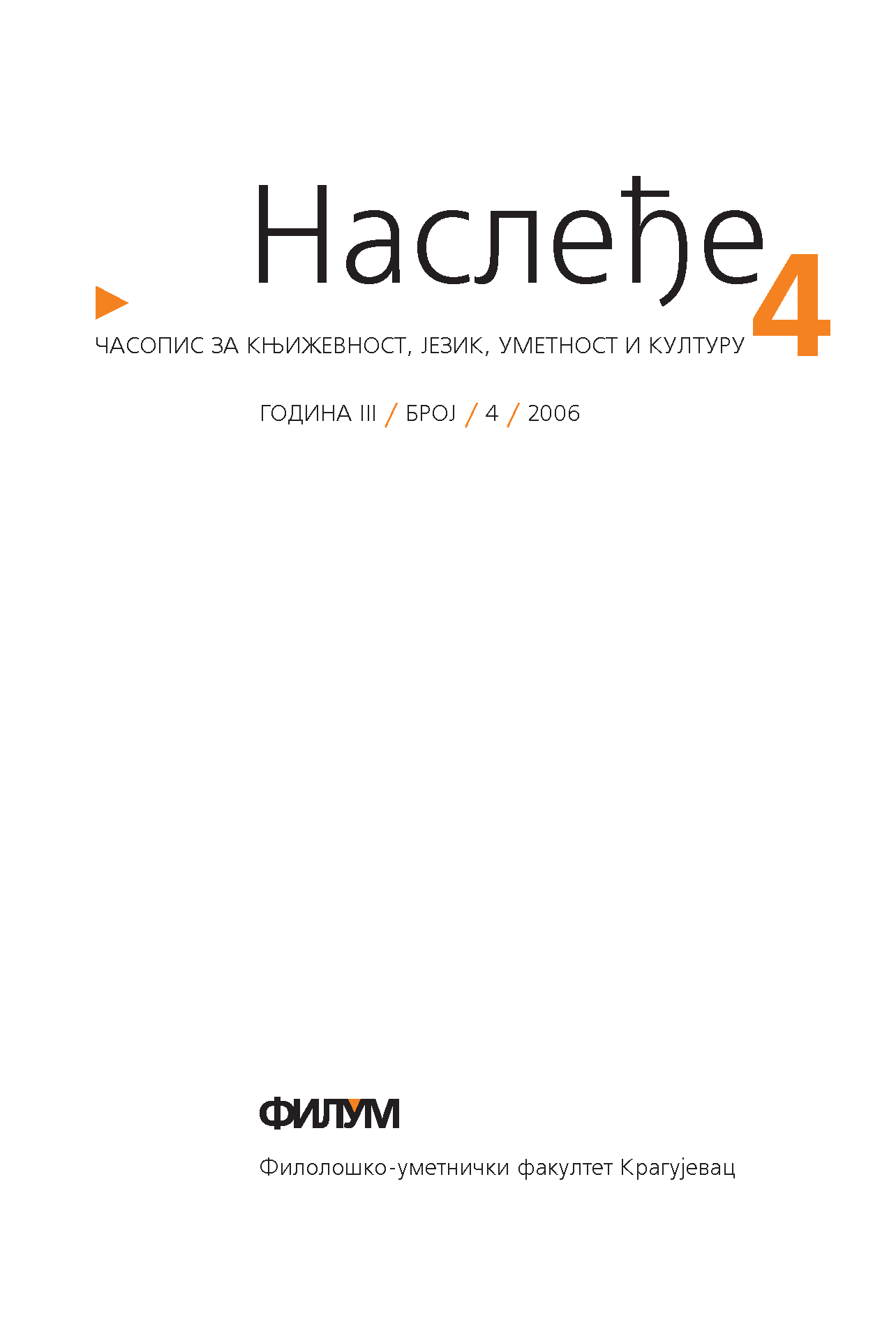LOGIC IN THE TEACHING OF HARMONY
Keywords:
logic, teaching of harmonyAbstract
In this article we do not consider the physical, acoustic logic of harmony, but rather the logic of pedagogical procedures in teaching it, based on teacher’s personal experience in France and Russia. If, in the teaching of harmony, we ne glect the auditive, esthetic and creative components, the knowledge will be superficial, and the young musicians will not advance speedily. Conversely, being aware of the esthetic experience the musician becomes richer; this leads him to a deeper perception of the content of a musical composition (and of its style), so that he can interpret it authentically, as an analyst and also as a performer. Also, when we understand how ther classic tonality appeared (in history), how it became modified, and how it vanished, we can then accept these changes as alogical consequence of the development of music.
References
– Васиљевић, Миодраг, Наука о хармонији, рукопис, Београд, 1943.
– Vidal, Pol Boulanger, Nadia, Хармонија на клавиру, превод и адаптација Мирјана Живковић, Београд, Универзитет уметности, 1979.
– Willems, Edgar, Les bases psychologiques de l' éducation musicale, Париз, 1956.
– Дубовский, И. Евсеев, С. Способин, И. Соколов, В., Учебник гармонии, Москва, (1937), 1987.
– Живковић, Мирјана, „Мелодија и хармонија”, у: Зборник радова Трећег педагошког форума, Факултет музичке уметности, Београд, 2001.
– Живковић, Мирјана, „Утицај аликвотног низа на почетни ток музичке композиције класицизма”, у: Зборник радова Катедре за теоријске предмете ФМУ, Београд, 2004.
– Живковић, Мирјана, „Сагледавање хроматике при обради модулација”, у: Зборник Катедре за теоријске предмете, ФМУ, Београд, 2005.
– Корсаков, Н. Р., Практический учебник гармонии, (1886), Петроград, 1900.
– Lavignac, Albert, Encyclopedie de la musique (Lucien Chevaillier), Париз, 1925.
– Чайковский, П. И., Руководство к практическому изучению изучению гармонии, (1872), у издању Полное собрание сочинений, том IIIa, Moсквa, 1957.






